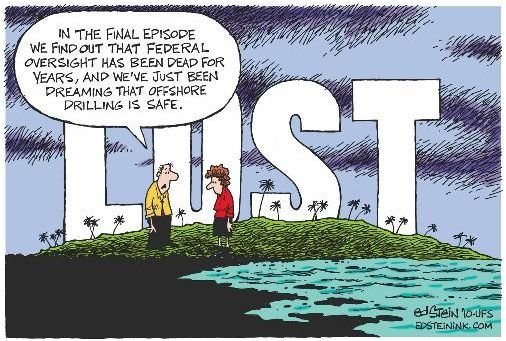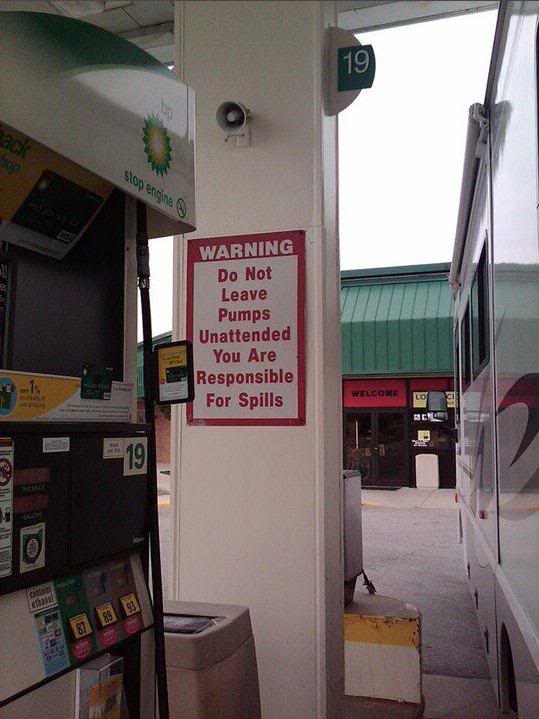The good news is the Ixtoc experience suggests the Gulf of Mexico has natural properties that help it cope with massive
oil spills, scientists say. Warm waters and sunlight helped break down the oil faster than many expected. Weathering reduced much of the oil into tar balls by the time it reached Texas.
Two decades after the Ixtoc disaster, marine biologist Wes Tunnell sank his diving knife into an area where he had spotted a tar patch just after the spill. The blade came out black and tarry but the hardened surface of the patch was under sand, shells and algae that had completely covered it.
"No one else would know that it was anything other than a rock ledge," said [Dr. Wes] Tunnell of the Harte [Research] institute [Texas A&M's GOM research arm].



